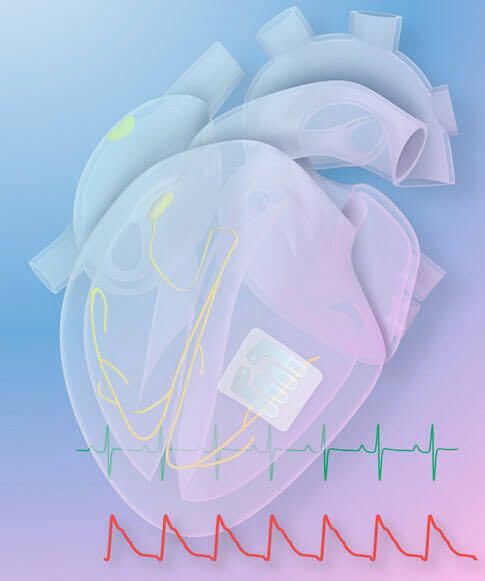Revolutionizing Heart Health: Exploring the Graphene ‘Tattoo’ Implant for Cardiac Arrhythmia Treatment
In the realm of medical advancements, a groundbreaking development has emerged that could revolutionize the treatment of cardiac arrhythmia—a condition that affects the heart’s rhythm. Scientists have been hard at work researching a cutting-edge solution in the form of a graphene ‘tattoo’ implant that has the remarkable ability to restore normal heart rhythms using light.

Cardiac arrhythmia is a condition characterized by irregular heartbeats, which can range from being harmless to life-threatening. For individuals living with this condition, finding effective treatment options is crucial for maintaining a healthy heart. Enter the fascinating world of graphene technology, where scientists are exploring the use of a groundbreaking ‘tattoo’ implant.
Graphene, a single layer of carbon atoms arranged in a hexagonal lattice, has garnered considerable attention in various fields due to its exceptional properties. Researchers have harnessed the potential of graphene to create a unique implant that acts as a ‘tattoo’ on the heart, capable of delivering targeted therapy for cardiac arrhythmia.
This revolutionary graphene implant is designed to respond to light. When exposed to specific wavelengths of light, it triggers a cascade of reactions that stimulate the heart tissue, helping to restore its natural rhythm. This innovative approach holds promise as a minimally invasive alternative to traditional treatments for cardiac arrhythmia.
Scientists and medical professionals are conducting extensive research to refine the graphene ‘tattoo’ implant. Preliminary studies have shown promising results, demonstrating its ability to effectively regulate heart rhythms. If successful, this groundbreaking technology could offer individuals with cardiac arrhythmia a safer and more targeted treatment option.
As the research and development of the graphene ‘tattoo’ implant continue to progress, the potential impact on heart health is significant. This innovative approach may not only transform the treatment landscape for cardiac arrhythmia but also inspire further breakthroughs in the realm of cardiovascular health.
The journey to combat cardiac arrhythmia has taken a remarkable leap forward with the development of the graphene ‘tattoo’ implant. By harnessing the power of light and graphene technology, scientists are paving the way for a new era in heart health. While further research and clinical trials are still underway, the prospects of a safer, more effective, and minimally invasive treatment for cardiac arrhythmia are indeed exciting. With each breakthrough, we come closer to a future where heart health shines brightly for all.






